

By John Helmer, Moscow
@bears_with
For the time being, the Trump Administration has put its strategy for regime change by obliteration on hold in Iran and Venezuela, where Russian-backed defences are increasingly deterring and US voters hostile. Instead, as Trump has signalled himself, the US is focusing instead on covert operations with the same goal – kill targets, topple resistance, risk no US military casualties, make money.
“Sometimes people have to fight it out a little bit longer,” Trump said last week of the war in the Ukraine as he abandoned his demand that President Vladimir Putin accept an immediate ceasefire.
“I don’t think we’re going to necessarily ask for a declaration of war,” Trump had said of his campaign against Venezuela on October 23. “We’re just gonna kill people that are bringing drugs into our country, OK. We’re gonna kill them. You know, like they’re gonna be, like, dead.”
“The US is not currently planning to launch strikes inside Venezuela and doesn’t have a legal justification that would support attacks against any land targets right now, according to sources familiar with the briefing conducted by Secretary of State Marco Rubio, Defense Secretary Pete Hegseth and an official from the White House’s Office of Legal Counsel.”
The Trump officials were responding to the joint House and Senate resolution, introduced on October 16, ordering “the removal of United States Armed Forces from hostilities within or against Venezuela that have not been authorized by Congress.” The text declared as a finding that Trump had issued an “authorization for the Central Intelligence Agency to conduct covert lethal operations within Venezuela”. There was no objection to this, nor was there a finding that Venezuela did not pose a threat to the US. Instead, the resolution declared that under the war powers provision of the Constitution, Congress should decide “the question of whether United States forces should be engaged in hostilities within or against Venezuela should be answered following a full briefing to Congress and the American public of the issues at stake, a public debate in Congress, and a congressional vote as contemplated by the Constitution.”
Covert operations could continue without any of that, but if land targets were to be attacked, that would require “full briefing” in Congress and the press, public debate, and a vote. If Trump attacked with the naval, air and Marine forces currently in the Caribbean, Congress proposed to stop the money.
To head off this direct challenge, Rubio, Hegseth, and a White House lawyer promised to stick to covert operations against President Nicolas Maduro, and restrict military operations to alleged drug-running at sea. On November 6 the resolution drew 49 Senate votes, but it was defeated by a majority of two, 51 to 49.
“The Trump administration is seeking a separate legal opinion from the Justice Department that would provide a justification for launching strikes against land targets without needing to ask Congress to authorize military force, though no decisions have been made yet to move forward with an attack inside the country, a US official said. ‘What is true one day may very well not be the next,’ said that US official when discussing the current state of the policy, pointing out that Trump has not decided how he will handle Venezuela.” Trump was uncharacteristically silent in his press gaggles and tweets after the Senate vote on November 6.
He has reverted to covert operations against “drug cartels”; for details click here and here.
This is not the first time in Trump history that he has been compelled to retreat by greater force than he dares to risk engaging directly. The sustained crowd booing against Trump in Landover, Maryland, on November 9 shows that the smokescreen is also failing. Click to listen.
In the new podcast with Nima Alkhorshid, the discussion focuses first on Trump’s covert operations goals in Syria, following the Washington visit of acting Syrian President Ahmed Al-Sharaa (Al-Jolani); in the Ukraine, as threats to the Zelensky regime mount on the battlefield and in the Kiev government itself; and in India, following a terror group bombing in the centre of Delhi, as the Indian Government prepares for President Putin’s visit on December 6.
In the last segment, we discuss the only covert US operation for regime change for which the White House has explicitly apologized*, and then continued to implement – so successfully that no further US intervention has been needed because the government is totally subservient. This is Australia on the 50th anniversary of the November 11, 1975, dismissal of the Australian Labor Party government of Gough Whitlam, followed by the 1977 plot to appoint a new head of state, Governor-General Zelman Cowen.
Click to view and listen: https://www.youtube.com/watch?v=FGCzc8JpFlg
For elaboration of the evidence, alternative assessments, and independent sources, read on.

Source: https://www.youtube.com/watch?v=FGCzc8JpFlg
SYRIA
At the Gulf Cooperation Council meeting on May 14, 2025, Trump met the Syrian leader for the first time. He also introduced his bagman for making money in Syria. This is Tom Barrack, officially the US ambassador to Turkey and special envoy to Syria. Of Lebanese origin, Barrack is a building and real estate developer with a long business association with Trump and his hotel operations.**
“We just appointed a very good ambassador,” Trump said, “a friend of mine who’s Lebanese, and I didn’t even know that. And I said, why do you want to be the ambassador to Lebanon? That could be dangerous. He said, I don’t care; I grew up there. I love the country, and I don’t care if it’s dangerous or not dangerous, I want to do that. And he’s a very capable man, very successful man from the United States, and he’s going to be your ambassador. He’s going to be — he’s going to do a great job. But this is a once in a generation opportunity to forge a Lebanon that is prosperous and at peace with its neighbours, and I think things can really happen there. They’ve been — they’ve had a tough go of it for a long time. At the end of my first term, all of the momentum in this region was toward peace. I especially want to thank and congratulate the United Arab Emirates and Bahrain for their vision and courage in signing the historic Abraham Accords…”
At Al-Jolani’s meeting in the Oval Office on Monday, November 10, Barrack is seated in the front row, next to Vice President JD Vance; behind him in the second row General Daniel Caine, the head of the Joint Chiefs of Staff, and Secretary of Defense Peter Hegseth can be seen taking their seats.

The Syrian Presidency in Damascus released its pictures before the White House. On the left, Al-Jolani and the Syrian Foreign Minister Asaad Al-Shaibani. The seat next to him was empty at the time. US Secretary of State Marco Rubio had not yet arrived as the later White House pictures revealed.
The White House took exceptional care to minimize and conceal the trappings of the meetings Al-Jolani and Al-Shaibani had with Trump, Rubio, and US military leaders. There was no Trump welcome at White House portico; no press gaggle in the Oval Office; no press conference after; no place-cards on the Cabinet Room table when Trump met with the Syrians after the Oval Office photo op. Note that even for that, Trump was reading from a prepared script. Trump’s tweets followed later after the Syrian presidency had started to transmit its record of what had transpired.
Al-Jolani tweeted that he had a separate meeting with Rubio: “In the presence of the Minister of Foreign Affairs and Expatriates, Mr. Asaad Al-Shaibani, and the United States Secretary of State, Mr. Marco Rubio, the bilateral relations between the Syrian Arab Republic and the United States were discussed, as well as ways to strengthen and develop them, in addition to a number of regional and international issues of common interest.” However, there is no State Department press release on the Syrian meeting with Rubio.
Before the morning trip to the White House, Al-Jolani authorized release of a videoclip showing him playing basketball with a US general. The latter has been named in Moscow reporting as the head of the Central Command (CENTCOM), Admiral Brad Cooper. This is partially correct; the officer in the first frame of the videoclip is Cooper; in the second frame, the officer, older and greyer than Cooper, is Brigadier General Kevin Lambert.

Source: https://www.youtube.com/watch?v=sKxlklp6iok
The money stakes in Syria are considerable. They start with the official external debt left by the Bashar Al-Assad government in December last.
TOTAL SYRIAN FOREIGN DEBT IN USD, 2008-2023

Pre-war: 2008-$5.39B, 2009-$5.69B. The war after Russian intervention: 2021-$5.03B, 2023-$4.88B. Source: https://www.macrotrends.net/datasets/global-metrics/countries/syr/syrian-arab-republic/external-debt-stock
SYRIAN FOREIGN DEBT AS PERCENTAGE OF GDP

Source: https://fred.stlouisfed.org/series/SYRDGDPGDPPT

Source: https://www.focus-economics.com/country-indicator/syrian-arab-republic/external-debt/
These official debt data are misleading because they fail to count and document the heavy debts run up to Syria’s allies, Russia and Iran. There are no official source estimates from Moscow or Teheran; unverified sources claim the loans extended by Russia and Iran have totalled between $30 billion and $50 billion for arms and security assistance, which were to have been repayable through natural resource concessions and trade, such as phosphates, oil and gas, and other investment projects.
According to press remarks reported by the Financial Times by Al-Shaibani, the current state debt “includes the discovery of $30bn in debt to former Assad allies Iran and Russia, non-existent foreign reserves at the central bank, a bloated public sector payroll and the decline of industries like agriculture and manufacturing, neglected and undermined by corrupt Assad-era policies.”
When Al-Jolani met at the IMF headquarters on November 9 with Kristalina Georgieva, the Bulgarian managing director, there was no mention of this debt. An earlier IMF staff report intimates that the US and the IMF intend that the Syrian government will default on the Russian and Iranian obligations. In this decision, they have received the backing of Saudi Arabia and Qatar, the current financiers of Al-Jolani’s repayment of $12 million to requalify Syria to open credits from the World Bank.
Here is an excerpt from Georgieva’s remarks on Syria three weeks before meeting Al-Jolani: “I want to recognize Minister Al-Jadan for Saudi Arabia’s leadership role on accelerating support for Syria. What has happened since the Spring Meetings is we now have a full-fledged engagement with Syria and an IMF team has already been in Damascus on the issue of strengthening the capacity of the central bank to provide the necessary functions and to be an anchor of stability by being trusted by partners of Syria. We have defined a work program that includes identifying capacity development needs and delivering support for Syria on an accelerated basis. The World Bank is also very firmly engaged, and actually the two teams work very closely together. So yes, at that time, there was a request for the Fund, and by now we had delivered multiple engagements, including a mission to Damascus for that purpose. The minister invited me to go. And I said, let’s get to that point in which we have achieved this institutional building. And at that time, I will be happy to come. So, Minister Aljadaan maybe would add to that, because as I said Saudi Arabia has been a very active supporter of Syria.”
The US economic policy priorities in Syria can be seen in the IMF’s Syria team report of June 2025: “The authorities are keen to restore economic growth and improve people’s living standards, and they intend to pursue sound economic policies. In this regard, the mission’s discussions focused on near-term policy and institution building priorities, including: (i) adopting a budget for the remainder of 2025, identifying available domestic and external resources and ensuring that priority spending needs are met, including the government payroll, basic health and education services, and assistance to the most vulnerable segments of the population; (ii) improving revenue mobilization, by modernizing the tax and customs regime, and by strengthening tax and custom administration, bringing both under the purview of the finance ministry; (iii) strengthening public financial management to improve budget execution and monitoring; (iv) empowering the central bank to ensure price stability and restore confidence in the national currency and adopting a monetary policy framework suited to achieve this; (v) rehabilitating the payment and banking systems, while enhancing the Anti-Money Laundering and Combating the Financing of Terrorism (AML/CFT) regime, to improve transaction efficiency, rebuild confidence in banks and restart financial intermediation, and allow reconnection with the international financial system; (vi) addressing immediate obstacles to market-based private sector development and improving the investment climate; and (vii) enhancing data collection, processing and dissemination, separate from economic planning, to ensure adequate data to support policy formulation and assessment.”
For Point (vi), “market-based private sector development”, read Ambassador Barrack and the Trump family companies.
“The authorities will need strong international support for their efforts. This includes financial support at highly concessional terms—given Syria’s financing and external sustainability constraints—and extensive capacity development assistance to strengthen economic institutions and upgrade outdated technologies and systems. While the years of conflict and displacement have weakened administrative capacity, staff at the finance ministry and central bank demonstrated strong commitment and solid understanding. The mission reaffirmed the IMF’s commitment to supporting Syria in these efforts. Based on the findings of the mission, IMF staff is developing a detailed roadmap for policy and capacity building priorities for key economic institutions, notably the finance ministry, central bank, and statistics agency. Staff will coordinate closely with other development partners in formulating this roadmap…”
The record of Russian policy towards the new Syrian regime can be followed from President Putin’s telephone call of February 15 when the Kremlin communiqué reported that “ the leaders noted the importance of implementing a range of measures for the sake of sustained national normalisation, invigorating intra-Syrian dialogue involving leading political forces and ethnic and religious groups.” There was a follow-up call between Putin and Al-Jolani on March 20.
More detailed Russian policymaking with Al-Jolani was revealed by Foreign Minister Sergei Lavrov in Damascus on July 31, when he said that “Russia expects interim President of the Syrian Arab Republic Ahmed al-Sharaa to take part in the first Russia – League of Arab States Summit which is scheduled for October 15.” Two months later, on October 8, this is how Lavrov summarized Russian policy towards Syria.
“Our friendship with the Syrian Arab Republic is not opportunistic,” Lavrov said. “I met with Minister of Foreign Affairs and Expatriates of the Syrian Arab Republic Asaad Al-Shaibani earlier this spring in Antalya, where we participated in the Antalya Diplomatic Forum. He then visited us in July this year, and we met again in New York. In early September this year, another interagency delegation – led by Deputy Prime Minister of Russia Alexander Novak – visited Damascus. Discussions were held with their counterparts and with interim President Ahmed Al-Sharaa. We are keen to ensure that all initiatives – some dating back to Soviet times, others launched after 2011–2014 – related to supporting Syria’s national economy, industry, agriculture, and energy continue. Naturally, they must be adapted to the new realities.”
“This also applies to our military bases. President Vladimir Putin has repeatedly stated that we will not remain in Syria against the will of its leadership. However, it appears that the Syrian government, along with a number of regional states, has an interest in maintaining our presence there. Of course, this presence is no longer about providing military support to the legitimate authorities against opposition forces. The function must be reconfigured. One clear task that could benefit the Syrians, their neighbours, and many other countries is establishing a humanitarian hub, utilising the port and airport to deliver humanitarian supplies from Russia and the Persian Gulf states to Africa. There is a shared understanding that this will be in demand, and we are prepared to coordinate the details. The matter has, in principle, been discussed, and there is mutual interest.”
Lavrov hinted at the Russian offer to help Al-Jolani offset pressures from Turkey, Israel, and the US. “Syria categorically demands an end to foreign interference in its internal affairs. Vast areas of the Syrian Arab Republic remain under the control of foreign troops—not always at the invitation of Damascus. A particularly volatile situation persists in the south, where Israel insists on creating a buffer zone. We understand Israel’s legitimate security concerns. President Vladimir Putin has repeatedly emphasised that without addressing these, lasting peace in the Middle East will remain unattainable. Yet, the interests of other actors must also be safeguarded. In the northeast, there are the Kurds, whom the Biden administration began courting, actively encouraging separatist sentiments. Our Turkish counterparts maintain a presence in the north, along their border with Syria. Meanwhile, Alawites and Christians continue to face persecution – recently exemplified by a barbaric attack on a church. Syria’s unity must be a priority for all nations with influence over Damascus and the various ethno-confessional and political factions across the country. A longstanding concern is the potential explosion of the Kurdish issue – if these ‘games’ with Syrian Kurds over autonomy and separatism escalate, the Kurdish problem could destabilise the entire region. These are serious risks. From every perspective, we will continue assisting our Syrian partners. We are prepared to collaborate on these matters with other nations pursuing their interests in the Syrian Arab Republic. Of particular significance will be the participation of transitional government head Ahmed Al-Sharaa in the First Russia-Arab Summit on October 15. I anticipate substantive discussions there.”
There was no Arab summit in Moscow; Trump had beaten Putin to the punch with his Gaza peace summit at Sharm El-Sheikh two days earlier on October 13. The Syrian president came to Moscow alone.

Source: http://en.kremlin.ru/events/president/news/78213 The Russian military interest in the negotiations with Al-Jolani was indicated by the presence of the military intelligence chief, General Igor Kostyukov.
Putin said at the time: “I know that only recently – on October 5, I believe – there was a parliamentary election. It is my belief that it was a great success since it can help consolidate society. These may be challenging times for Syria, however, holding an election could help all political forces in Syria work together more effectively and strengthen their ties. Mr President, the Intergovernmental Commission has been working since 1993, I think, and it is about to resume its work. Thank you for receiving our inter-agency delegation, headed by Deputy Prime Minister, Mr Novak. There are quite a few interesting and useful undertakings on its agenda. As for us, we stand ready to do everything to fulfil them, along with our agreements to maintain regular contacts and consultations through the Foreign Ministry.”
For more detail on the Moscow policy debate during the Al-Jolani attack on Syria last November-December, read this.
INDIA
I have relied on direct Indian sources and NDTV reporting of the Red Fort attack in Delhi on November 10. Follow the NDTV reports here. There is no doubt in the official releases and Indian press reporting to date that the explosion was an operation of the Jaish-e-Mohammed (JeM) terrorist group based in Pakistan.

Source: https://www.ndtv.com/delhi-news/blast-near-red-fort-triggered-by-panic-ied-was-incomplete-top-sources-9617063?pfrom=home-ndtv_topscroll This report, published after the podcast had concluded, indicates that the detonation was accidental and followed panic by JeM members after the Indian security services had surprised them in arrests and capture of large caches of arms and explosives in the hours preceding the Monday attack.
The Indian press has reported the difference – “huge discrepancy” — in US announcements between this terrorist incident in India and an earlier one in Pakistan.
Speculation that the Trump Administration’s closeness to the Pakistan government has emboldened the Pakistan-based groups to revive their attacks in India since their defeat in the May war has been fed by statements from the groups themselves.
The timing of the JeM plans and operations will become clearer when the interrogations of the JeM leaders currently under arrest are completed and reported. In the meantime, Indian sources note that the preparations are under way for Putin’s visit to Delhi, commencing on December 6.
AUSTRALIA
The Carter Administration’s apology for the CIA’s role in toppling the Whitlam government in November 1975, accompanied by a promise not to do it again, was given by then-Deputy Secretary of State Warren Christopher at a meeting with Whitlam in Sydney Airport on July 27, 1977. The details have been reported here and in the wider context of CIA operations in Australia at the time, here.

Left image: Prime Minister Whitlam, President Ford, and National Security Advisor Henry Kissinger at the White House, May 7, 1975. Right image: Deputy Secretary of State Warren Christopher in 1977.
Sir John Kerr, the Governor-General (head of state) who dismissed Whitlam as prime minister on November 11, 1975, and later in the day the Australian parliament, resigned from his post on July 11, 1977. His replacement, Sir Zelman Cowen, was announced publicly by Prime Minister Malcolm Fraser on July 14, 1977. The US operation to replace Kerr with Cowen had been under way already for several months.
According to Cowen’s autobiography, published in 2006, he had been telephoned by Fraser “late in April 1977…to come to Canberra to dine with the Prime Minister, Malcolm Fraser. I did not know him well; we had spoken at length on only one occasion, during an interstate flight”. In Cowen’s published version, he “had no specific idea of his purpose. After dinner we went into his study. He told me that the Governor-General, Sir John Kerr, intended to resign, and he, Malcolm Fraser, wished to advise the Queen to appoint me as Sir John’s successor…What ultimately led to my appointment as Governor-General I cannot know but the fact that I was well known through my speaking engagements and appearances on radio and television might have been a factor.”
Cowen was dissembling. Fraser’s version was quite different. At a private meeting with Fraser, then retired, in December 2014, he said he had not met Cowen and knew next to nothing about him. He remembered that Cowen had amused him with his displays of self-importance and vanity after he had been appointed.
Fraser was speaking with me in an interview which, we had agreed in advance, was strictly confidential. The appointment had been his choice, Fraser said, but not his idea. He knew the source, he intimated, but refused to reveal it. From the context of his following remarks, I understood Fraser to be identifying the US Embassy.
Taking into account what had just happened between Kerr, Whitlam and Fraser himself, what security and loyalty checks had Fraser done on Cowen before their April dinner, I asked. None, Fraser replied. In Fraser’s memoirs, published in 2010, Fraser made no mention of Cowen at all.
Fraser died three months after our interview on March 20, 2015. The confidentiality of our conversation ended then. Cowen had died on December 8, 2011.
On June 10, 2017, I filed a US Freedom of Information Act request in Washington for “all State Department records, including cables from US Embassy Canberra, US Consulate Sydney, US Consulate Melbourne; records of the State Department Bureau of East Asian and Pacific Affairs (EAP) and its subdivisional offices; the Office of Policy Planning; and USAID. — all records, including embassy and consulate cables, reports, and memoranda of conversation covering State Department officials’ contacts and communications with Zelman Cowen and/or assessments of Zelman Cowen, prior to his appointment as Governor-General of Australia; during his term in office; and subsequently to the end of the year 1982.The subject matter of the records includes everything communicated between State Department officials and Zelman Cowen and his office, including telephone-calls and faxes, meetings, and written correspondence; and all records of State Department officials reporting on and assessing Zelman Cowen’s significance for US interests, as evaluated by the officials concerned. Time period for search and retrieval: 01/01/1972 to 12/31/1982.”
The State Department delayed responding for more than a year, and I engaged an attorney to pursue the legal options for compelling release of the documents. State replied that it was estimating February 2019 as its “estimated date of completion”. No documents were produced, however, and on June 14, 2019, I filed a lawsuit against the State Department in the US District Court in the District of Columbia. This forced the production of a small number of documents; they were nothing more than protocol arrangements for US official visits to Canberra.

After almost six more years in court, on January 17, 2025, Judge Jia Cobb granted the government’s motion for summary judgement and my request for the secret documents was dismissed. The secrecy of the Cowen files was being guarded – as it is guarded still in Washington. A blanket of silence in the Australian media preserves the Cowen secrets, and the US cover-up.
The secrecy surrounding Cowen has turned out to be far more sensitive in Washington than the US files which have been released on former Prime Minister Robert Hawke, one of Whitlam’s Labour Party successors. As the cables reveal, Hawke turned out to be a career-long informer and agent of influence for the US. Other Australian politicians, union and student leaders, judges, academics, and journalists were all kept under parallel surveillance and inducement. According to one study of the US files, published in 2021, “as with Hawke, it is not clear why elites informed, and how they came to inform. There is said to have been a mentality in the 1970s in which ‘loyalty to the United States became a test of loyalty itself’.It is conceivable that lingering Cold War fervour may have compelled people to inform. On its face, there were more informers in Labor, the labour movement, and government than in other parts of society.”
That Cowen had also been an informer and agent of influence for British government agencies, and that he had informed against me with both the British and the American services, I knew and challenged him explicitly to confirm or deny at a family conference before his death. He refused to answer.
NOTE:
* The presidential records show that following the Carter Administration gesture towards Australia, President Bill Clinton, in a 1999 speech in Athens, Greece, appeared to have apologised for the US role in supporting the Greek military junta which seized power in 1967 and ruled until 1974. "When the junta took over in 1967 here," Clinton said, "the United States allowed its interests in prosecuting the Cold War to prevail over its interests--I should say its obligation--to support democracy, which was, after all, the cause for which we fought the Cold War. It is important that we acknowledge that. He did not apologise, however.
A decade later, in a speech in Cairo in June 2009, President Barack Obama referred to US efforts at regime change in Iran. But again, Obama did not apologise for the attempts or the violence that ensured. "For many years, Iran has defined itself in part by its opposition to my country, and there is in fact a tumultuous history between us. In the middle of the Cold War, the United States played a role in the overthrow of a democratically elected Iranian government. Since the Islamic Revolution, Iran has played a role in acts of hostage-taking and violence against U.S. troops and civilians. This history is well known. Rather than remain trapped in the past, I've made it clear to Iran's leaders and people that my country is prepared to move forward. The question now is not what Iran is against, but rather what future it wants to build."
** In this remark of Trump's, he appears to have been referring to another ethnic Lebanese ambassador whom he has appointed. This is Michel Issa. Issa, a banker, currency dealer and auto trader, has reportedly played golf with Trump but not business.
*** Barrack and Issa are not the only Lebanese bagmen in Trump's circle working in the Middle East. Massad Boulos is currently serving as Trump's special envoy to Africa which involves him in lucrative phosphate investments in Morocco, iron ore and bauxite dealmaking in Guinea, and oil and gas in Libya. His son is engaged to one of Trump's daughters. The business interests of the senior Boulos appeared to have trumped his diplomatic mission and triggered negative reaction in Washington. "White House staff dismissed Massad Boulos’ African ventures as a waste of time for the busy president. Congressional aides grumbled that he rarely briefed them about what he was up to."

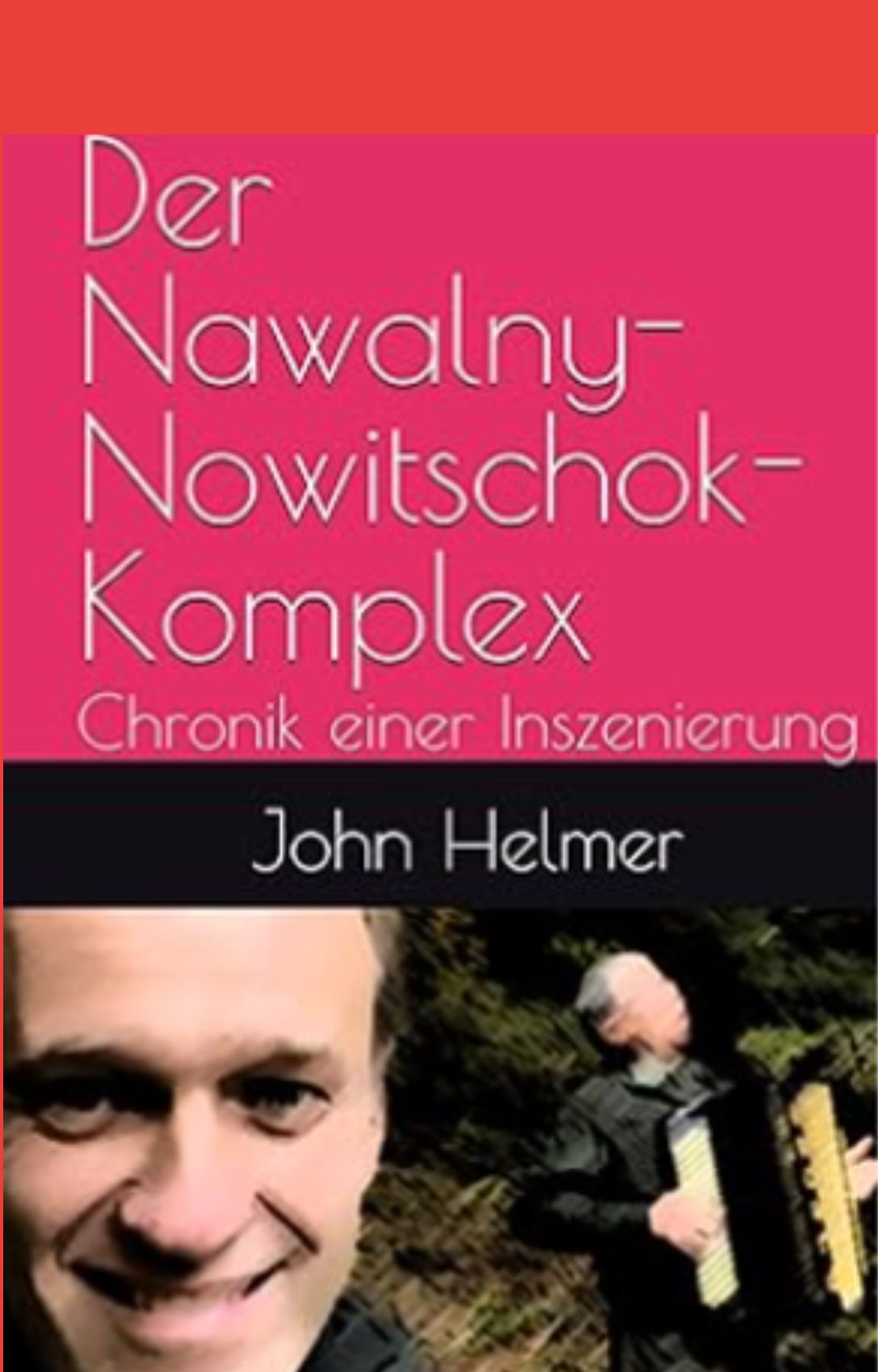

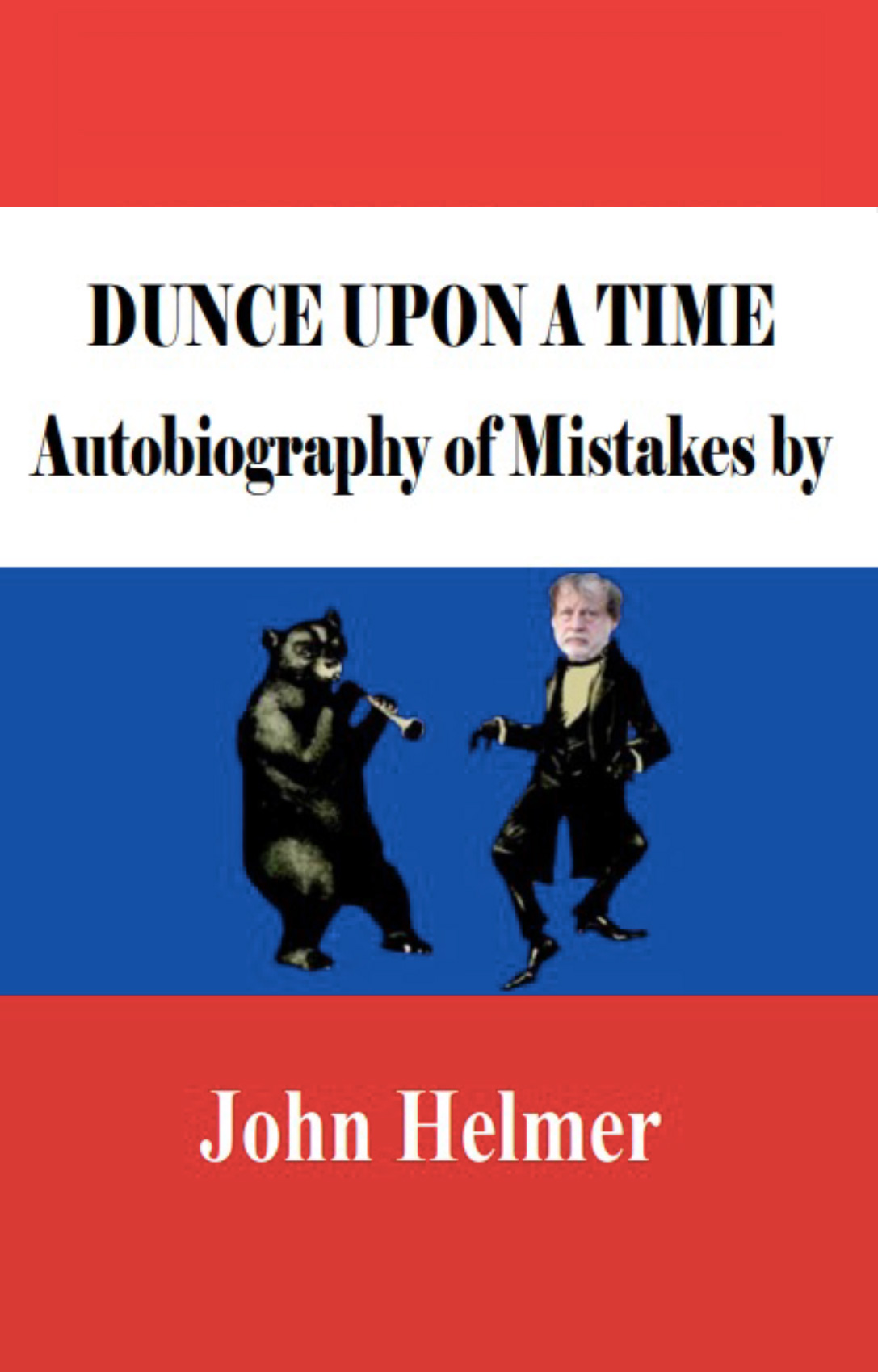

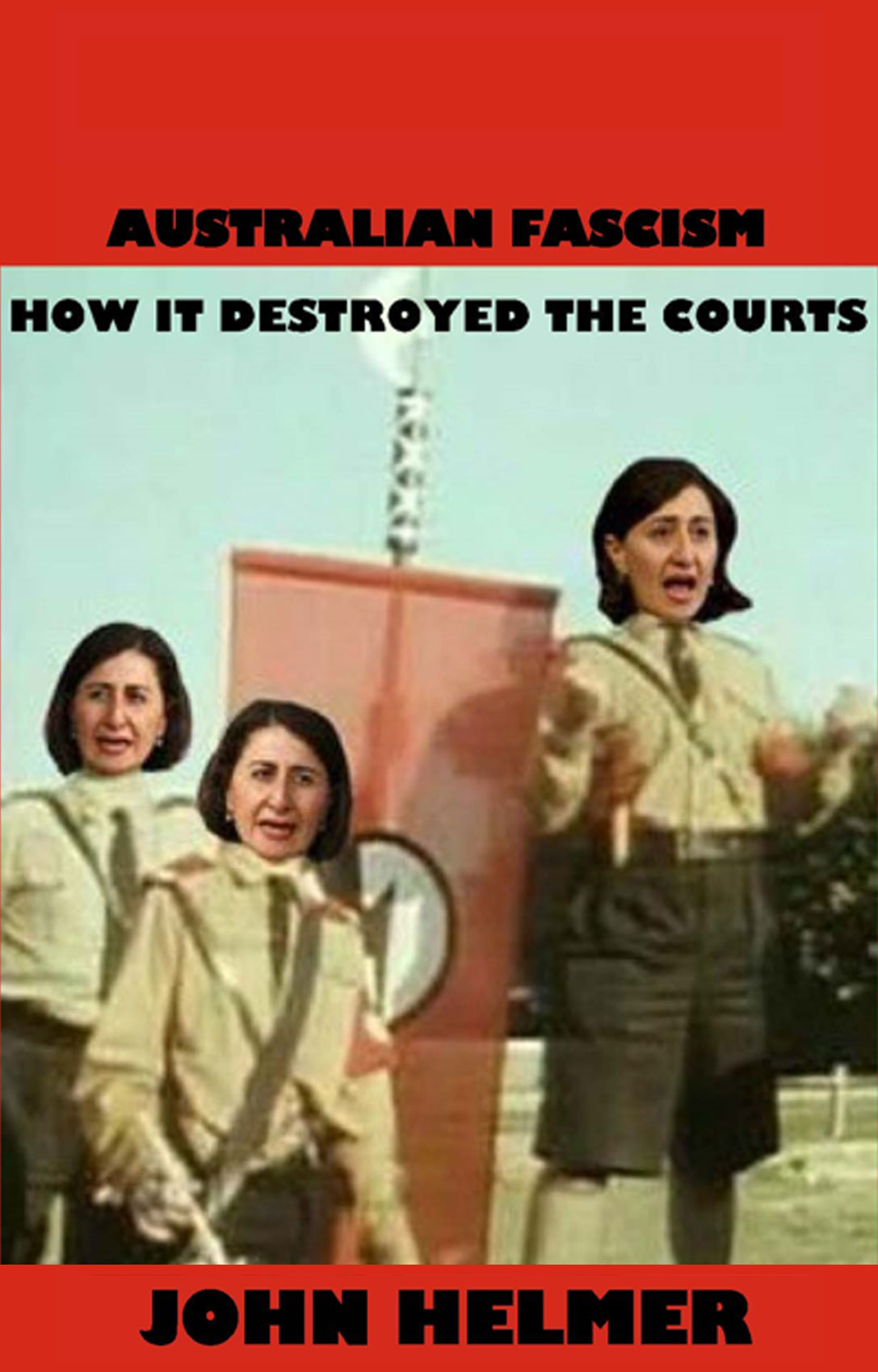



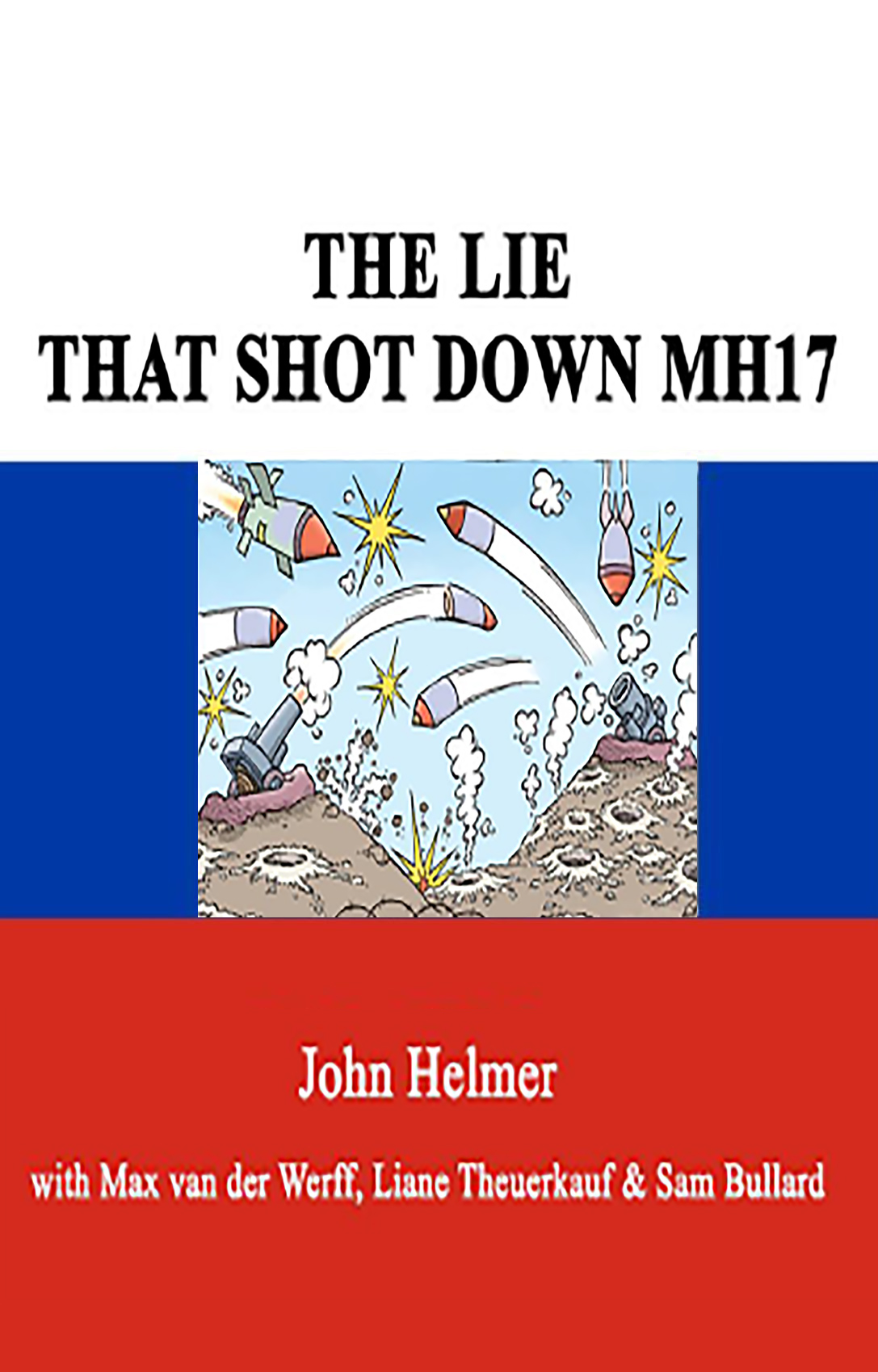
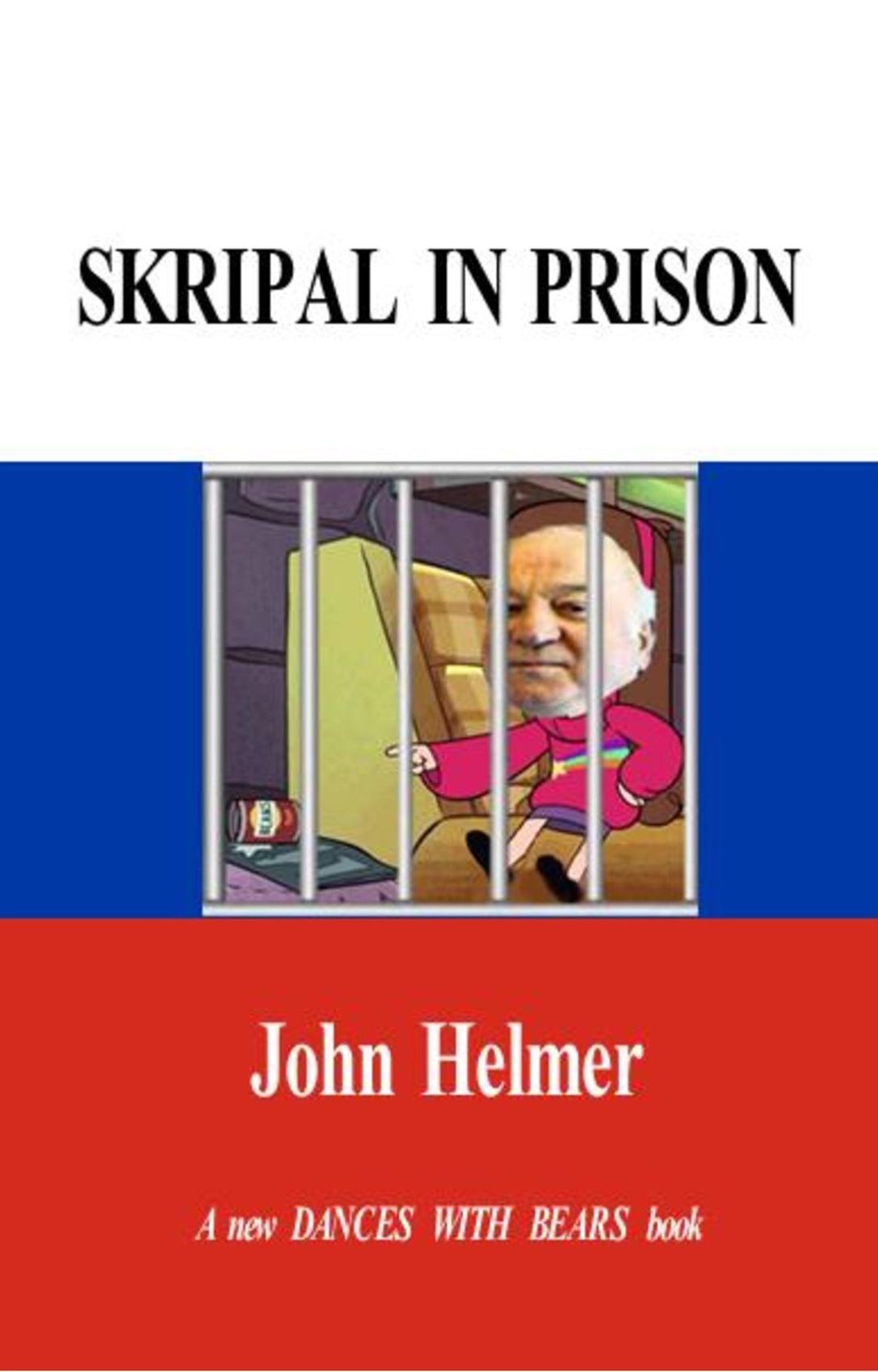


Leave a Reply